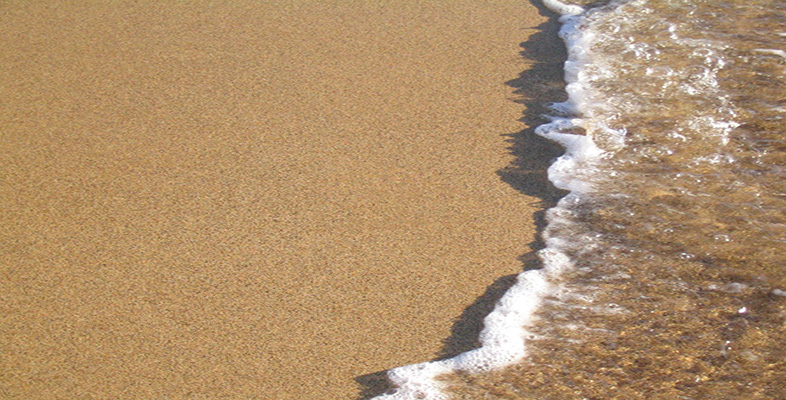5.4 Older Cover
Moving up succession, the next lithotectonic unit is the Older Cover. By referring to Figure 9 and Table 2 in conjunction with the Ten Mile Map, you should be able to see that throughout the British Isles, the Older Cover consists of Devonian (75–8) and Carboniferous (79–84) strata, with significant outcrops of Carboniferous volcanic rocks (53–5) occurring in the Midland Valley of Scotland. Minor Carboniferous volcanics also occur in the Derbyshire area around Matlock (SK(43)2560) and Buxton (SK(43)1074).
Examine the outcrop patterns on the Ten Mile Maps in relation to the areas covered by Older Cover in Figure 9, and attempt the following questions.
Question 11
Describe in one sentence each, the style of contact between the Older Cover and underlying Caledonian Orogenic Belt in the following areas:
(a) around the Moray Firth (NC(29)8510 and NH(28)6733);
(b) the Southern Uplands south-west of Berwick-upon-Tweed (NU(46)0053);
(c) the Lake District (e.g. NY(35)5810);
(d) northern and central Wales (e.g. SJ(33)2435).
Answer
In each of these areas, the Older Cover lies unconformably on top of rocks of the Caledonian Orogenic Belt.
Question 12
Similarly, what is the nature of the contacts between the Older Cover and underlying Caledonian Orogenic Belt on the northern and southern sides of the Midland Valley, on your Ten Mile Map (N) between:
(a) Helensburgh (NS(26)2982) and Stonehaven (NO(37)8786)?
(b) Girvan (NX(25)1898) and Dunbar (NT(36)6879)?
Answer
On both sides of the Midland Valley, the Older Cover is faulted against older rocks.
Question 13
Look carefully at the strata that make up the Older Cover between Manchester (SJ(33)89) and Sheffield (SK(43)38) on your Ten Mile Map (S). Describe the type and significance of the folding.
Answer
The Older Cover forms a gentle N–S trending anticline. This implies that the major direction of crustal shortening during this folding event was E–W.
